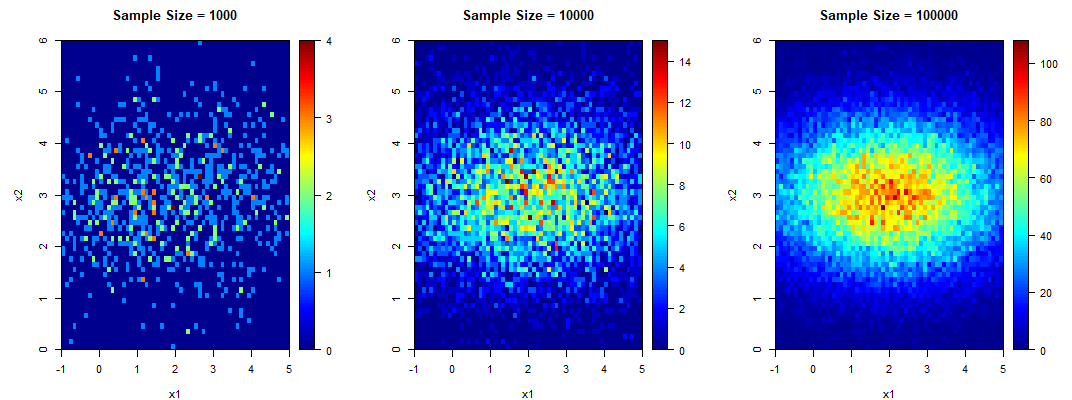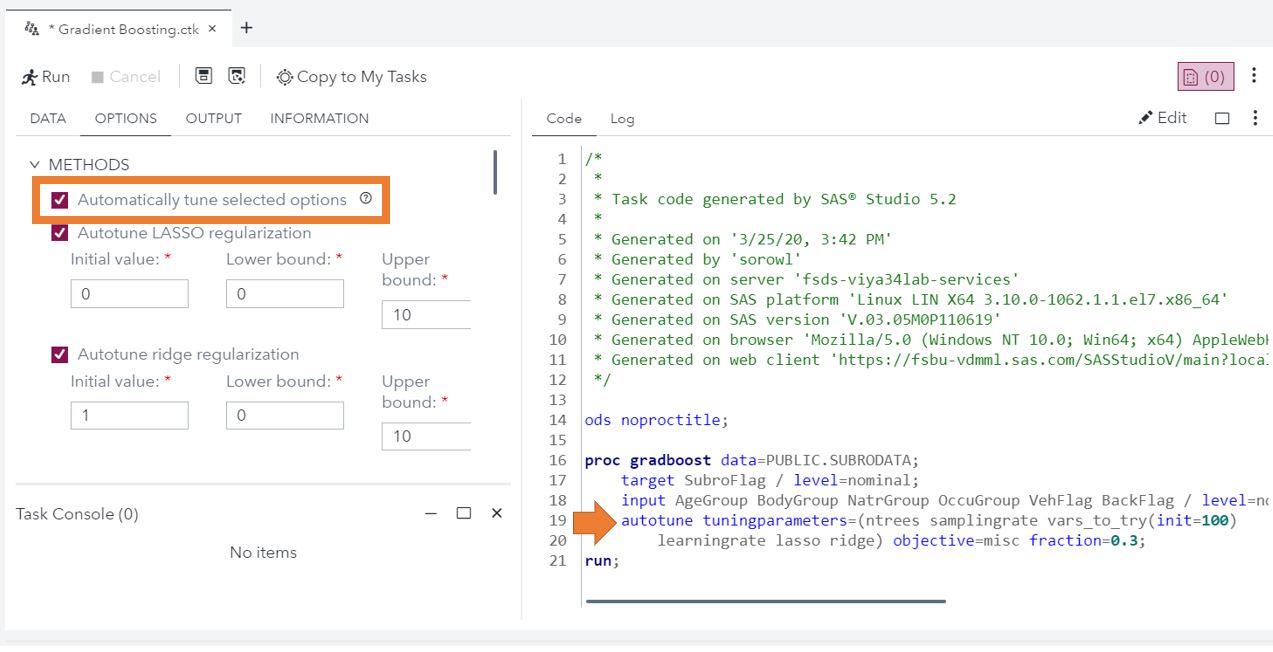
In fact, you can see all the layers that are built into any image by running docker history in the terminal. It builds by starting with the base image, setting the environment variable and adding a layer that comprises the result from the RUN command. Docker then builds an image with the tag armr. This is a read-only mirror of the CRAN R package repository. Once the Dockerfile is created you run it by typing docker build -t armr in the same folder in the terminal. Be mindful of this when handling datetimes! FROM arm32v7/ubuntu By setting the installation to be non-interactive we accept all the defaults, including timezone. This is because when r-base is installed it waits for user input when setting parameters, hanging the container build. We use an arm32 ubuntu image as a base, from which we set an environment variable to force the terminal to be non-interactive.
Lhs latin hypercube sampling in r studio code#
The easiest way to test this is to type touch myfile in the interactive terminal in the container, and watch the same file appear in your home folder.īuilding a base R container is as simple as writing the code below to a file called Dockerfile. In our example, anything you create in the home folder within the container will persist in the home folder of your Raspberry Pi after you close the container. The location on your machine is the from_volume and the location on your container is the to_volume. The -v flag tells Docker to attach a volume the following argument contains the information on what locations should be used, of the form from_volume:to_volume. docker run -it -v /home:/home ubuntu bash

Let’s modify the command to include a mount volume. To make it even more useful, we ought to have access to persistent storage. docker run -it ubuntu bash takes it up a notch: now we have an ubuntu bash container running in interactive mode in the terminal. Sample from groups proportional to score.

Lhs latin hypercube sampling in r studio windows#
Java Sound API Mixer TargetDataLines dont match reality in Windows 10. docker run hello-world will run a container based on an image called hello-world. Latin Hypercube Sampling from Multivariate Multimodal data. Once you know that Docker is running, let’s try a few things in order of sophistication. Experiments by Use of Latin Hypercube Design and Kriging Regression on the Example of Side Flushing in Sinking EDM N. To test it is working, try docker info, then docker version. An Example of Augmenting a Latin Hypercube Basic Latin hypercube samples and designs with package lhs Latin Hypercube Samples - Questions Package source: lhs1.1.3.tar. # Adds pi to the docker group so the user can runįrom here we can either reboot or run systemctl start rvice to start up Docker.

# Downloads installation shell script and pipes it into the sh command From the terminal on a Raspberry Pi, run the following.


 0 kommentar(er)
0 kommentar(er)
